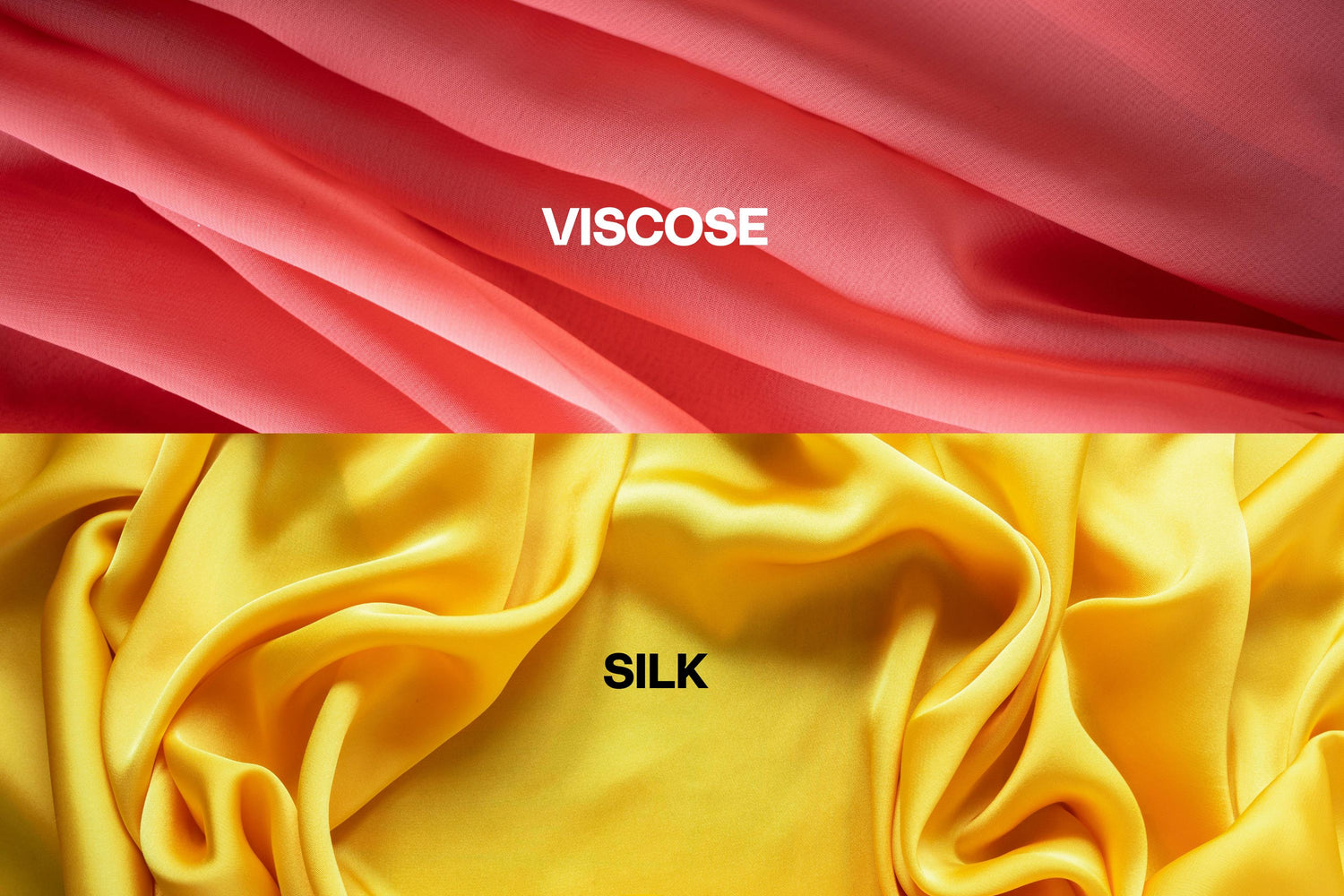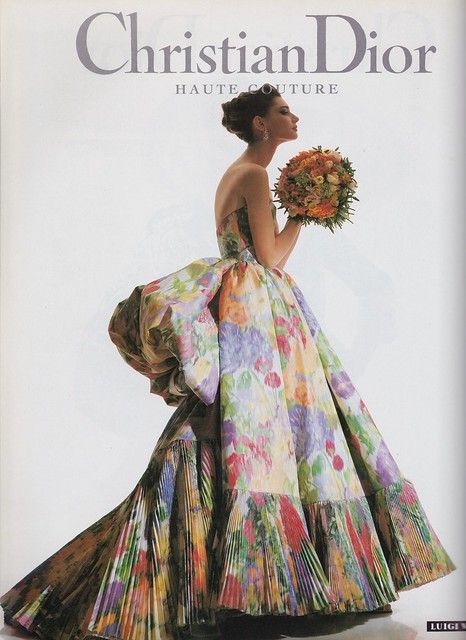There has always been a presence of luxury fabrics at the very core of fashion. The materials used in the manufacturing of these fabrics are high-class and are produced by really intricate, labor-intensive methods. Due to this, luxurious fabrics possess an incomparable beauty. These fabrics call for highly skilled craftsmanship and truly innovative designs. Fashion designers create designs with silk, cashmere, and high-quality wool because of the excellent texture and giving striking appeal of those materials.
For centuries, silk has been equated with high-end couture. However, viscose appears to be emerging as the newest entrant in the textile industry. Today, viscose is one of the fabrics of choice among couture brands. It will be really interesting to see how viscose blends into the world of haute couture.
Let's delve into the world of ritzy, swank fashion fabrics like silk and viscose, and learn about some of the opportunities they afford in the world of luxury fashion.
Silk and Viscose: Factors that make them a Favorite with High-End Designers
Viscose fabric has a more recent origin than any other in the textile sector. It is chemically extracted from wood pulp, and it is considered a semi-synthetic fabric. Its smooth and soft texture has breathed in a new life in the fashion world.
Silk fiber is a natural fiber. It is very diligently derived from the silkworm cocoon. The exclusive luster and dramatic draping of silk are incomparable to any other fabric. Silk fabric has never lost its charm in the high-end fashion line. Probably, it will remain the first choice of apparel designers for many years to come.
Can Viscose be a successor to Silk?
It is quite speculative as of now whether viscose would ever replace silk in the fashion arena. Though viscose is a huge hit with the cheaper segment of fashion apparels, its appearance in high-end fashion streets is highly commendable. Whatever future holds for the fate of these fabrics, it is hard to tell, especially when continual technological innovations are upgrading the quality of those fabrics on an ongoing basis.
In order to understand the emerging fashion trends regarding the acceptance of viscose into high fashion, let’s explore its properties and compare it with silk:
How is Viscose Similar to Silk?
As a matter of fact, in so many ways, viscose is much like silk fabric : soft and elegant, with a luster; it really flows well when the fabric is draped loosely. Also, viscose and silk are both exceptionally good at absorbing dyes, which enables them to show off a wide variety of patterns, designs, and colors.
Comparison of Silk and Viscose fabrics:
- Fiber Strength: The fibers of silk are made of fibroin protein, which is a naturally available substance. This makes the silk a highly durable fabric as compared to viscose.
- How are they processed?: Silks are produced through a very tedious process. Extraction of silk from the cocoon is a task that only skilled workmen can achieve. It is also very time-consuming. The expertise of craftsmen renders it into a high-quality fabric material. Viscose is prepared chemically and requires a lot of energy in its making.
- Wash and Care: Silk garments need utmost care in washing or cleaning. Even the use of an iron press must be accomplished with caution to avoid scorching the delicate silk fabric. Viscose fabrics are not as delicate in wash like silk, yet they require gentle wash and ironing.
- Preferable Weather: Because silk clothes are usually denser, they can provide better insulation of heat, therefore being more suitable to wear both in warm and cool temperatures. On the other hand, viscose is lighter and allows better airflow, thus being ideal during warmer weather.
- Dealing with Moisture: Moisture-wicking in silk is amazing. Though it absorbs body moisture, there is no damp feel. Viscose fabric also allows good moisture absorption and keeps the body cool.
- Skin-Friendliness: Silk, being natural fibers, is friendly to the skin compared to viscose. Silk is immune to dust, mites, mold, and fungus. It does not cause any skin irritation. A few people having sensitive skin may feel uncomfortable in viscose garments.
- Fiber Texture and Sheen: Silk is luxurious and delicate in texture, with an elegant sheen. Its surface reflects light, therefore lending the fabric an appearance of soft glow. Viscose almost imitates the texture of silk. It is soft to the skin but is very affordable as compared to silk. However, it doesn't have the natural sheen of silk. But the best varieties of viscose have a good lustrous texture. Silk tends not to wrinkle easily as its fibers are very elastic. But, viscose must be stored in a manner so that no creases can be formed.
- Varieties: Silk is available from cheaper to the utmost expensive ones. These include mulberry, charmeuse, chiffon, crêpe-de-chine, dupion, georgette, habotai, peace silk, organza, shantung, silk brocade, silk cotton blend, silk jersey, silk satin, silk wool blend, chanderi, mashru, taffeta, and velvet. Mulberry is the variety of silk which is of the best quality. The silk fabric is graded broadly into three categories – A, B and C, each having subcategories. There are many types of viscose like pure natural viscose, modal, micromodal, Tencel, viscose crepe, viscose rayon, modal satin, viscose-georgette, viscose velvet, cotton blended, silk-blended, and bamboo. The Tencel or Lyocel variety is an eco-conscious fabric produced via closed-loop process.
- Uses in Fashion and Textile Sectors: Viscose has found its way into chic outfits and home textiles. However, silk stays in the high-end fashion world. For fluid drapery, charmeuse, chiffon, and crêpe-de-chine silks are hot favorites, while velvet silk is just ideal for those sumptuous ball gowns and evening wear.
Conclusion
A textile is considered a luxury fashion fabric if it meets certain criteria: it should be produced at a high cost; it must originate from natural fibers; there should be a clear indication of luxury; it needs to have a variety of content; it should be exclusive and allow for intricate craftsmanship, like hand-embroidery. Silk, without question, is currently the best fabric when it comes to haute couture. However, viscose has not been running behind because many innovative designers are doing miracles with this textile material and producing designs that are really stunning.
At Fabriclore, we take pride in offering the most fabulous silk and viscose fabrics. We are an end-to-end source-to-production platform committed to sustainable fashion solutions. Our in-house services include print design, dyeing, and inspection with rigid testing processes. If you have any kind of query regarding fabrics or our business, we are always here for you. Leave us a message now! We will get back to you ASAP! Come, walk with us on a journey of excellence in fashion styling and textiles.




